According to some documents, Cay Thi Pagoda was built around the 17th century as a place for local people to practice and pray. In 1940, the pagoda was renovated, with a five-bay main hall for worshipping Buddha and three bays for ancestral worship, all made of sturdy wood. In 1954, the pagoda was severely damaged by bombs and bullets after raids by the French colonialists. A few years later, with the efforts of the local people, the structure was restored, but only the three bays for worshipping Buddha remained.
In late 2019, when Venerable Thich Hue Hanh became the abbot of the temple, standing before the simple, dilapidated ancient temple, he couldn't help but feel sorrow and a desire to restore it. After the tireless efforts of the abbot, the local people, and Buddhists from all over, Cay Thi Temple was renovated and rebuilt. Cay Thi Temple now stands majestically with unique architectural features, reflecting the traditional Vietnamese style and the refined elegance of East Asian architecture.
According to Venerable Thich Hue Hanh, the temple's name, "Cay Thi" (meaning "Persimmon Tree"), originates from the presence of an ancient persimmon tree, hundreds of years old, next to the temple. According to local elders, they have seen the tree trunk as large as it is today since childhood. The original name, "Cay Thi," has been transformed into the temple's official name, becoming a symbol deeply connected to the cultural and religious life of the local people.
Despite the ravages of war and subsequent restoration efforts, the ancient persimmon tree continues to thrive, providing shade and becoming a "witness to history." Every year, around the beginning of May in the lunar calendar, the tree blossoms, and by the first week of July in the lunar calendar, it bears abundant fruit, emitting a subtle yet intoxicating fragrance that soothes worldly worries.
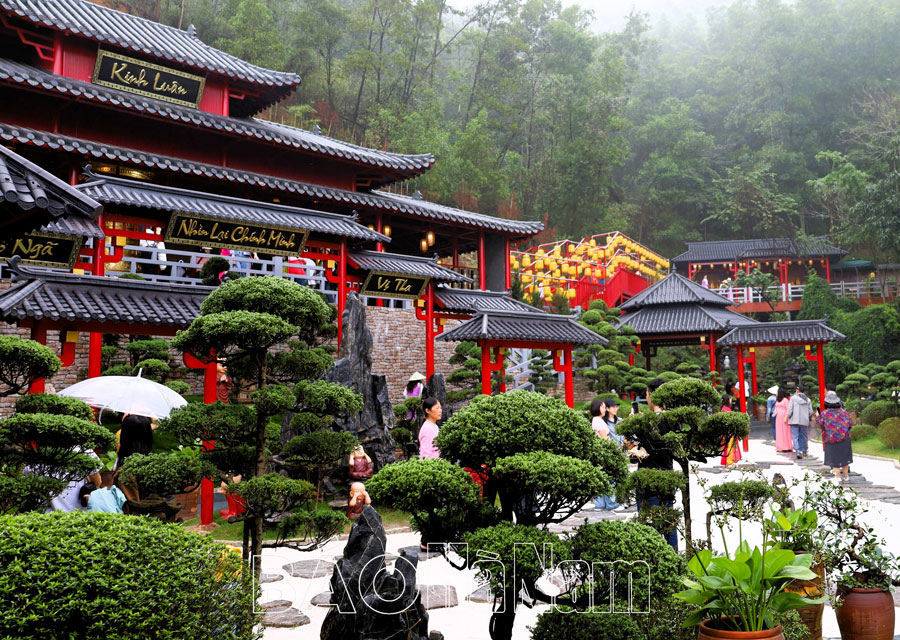
The ancient persimmon tree, currently over 10 meters tall with a trunk circumference of approximately 2 meters, has been determined by the Forest Industry Research Institute ( thuộc the Vietnam Academy of Forestry Sciences ) to be about 370 years old. Besides its historical value, the persimmon tree also holds great spiritual significance for local people as well as Buddhists who come here to worship.
Venerable Thich Hue Hanh shared: "The ancient persimmon tree is carefully cared for by the temple. The temple's exterior can be renovated to make the scenery more beautiful and provide more pathways for people and Buddhists to visit. However, the ancient persimmon tree needs to be cared for, preserved, and protected. Therefore, the roots, trunk, and branches of the persimmon tree are kept intact and not decorated like many other trees. This is to promote and embrace new things while still respecting the historical and natural value of the persimmon tree, which is hundreds of years old."
Ms. Nguyen Thanh Huyen (Thanh Tam commune, Thanh Liem district) shared: "The Cay Thi Pagoda has existed for a long time, closely linked to the historical flow of the locality. Through the years, the pagoda and the ancient persimmon tree not only hold sacred meaning for the people of Thanh Tam but also serve as a spiritual anchor, a place where Buddhists can entrust their faith and wishes for peace, good fortune, and smooth sailing in all things."
Located near famous tourist attractions in Ha Nam such as Tam Chuc Pagoda and Dia Tang Phi Lai Temple, Cay Thi Pagoda still attracts visitors with its unique and impressive features. Around the pagoda grounds, besides the natural beauty and the serene atmosphere of the ancient pagoda, there is a majestic three-arched gate leading to a meditation garden amidst lush green pine trees. Prominent in the complex is a 6-meter-tall granite statue of Bodhisattva Avalokiteshvara situated on a hilltop, and a 2.5-meter-tall statue of the Buddha placed in the main hall of the ancient pagoda. From the outside, to the left of the ancient pagoda is the shrine of Venerable Ananda, the Buddha's attendant, and to the right is the shrine of Venerable Kashyapa, the Buddha's successor and the first ascetic. Next to these are a 4-meter-tall prayer wheel and 108 smaller prayer wheels arranged around it. It is known that the Cay Thi Pagoda complex also includes a lecture hall, library, and kitchen to serve Buddhist practitioners who come for meditation.
All of this creates an indescribable atmosphere of solemnity, serenity, and tranquility. It attracts numerous Buddhists and tourists from all over to visit and worship, especially during the Vu Lan festival, holidays, and Tet (Lunar New Year)... Particularly during the Vu Lan season, the ancient persimmon tree at the temple bears abundant fruit, as if embodying a joyful harmony, signaling the flourishing of the ancient temple named after the very tree itself, "Persimmon Tree Temple".
Gia Vinh
Source: https://baohanam.com.vn/van-hoa/di-san/net-kien-truc-doc-dao-o-chua-cay-thi-160642.html



























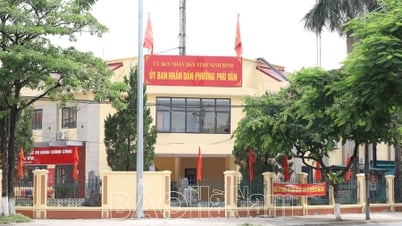









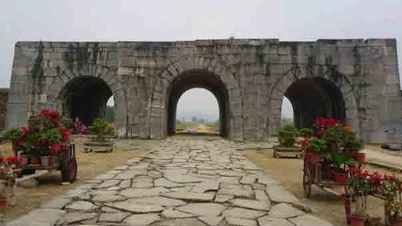
































































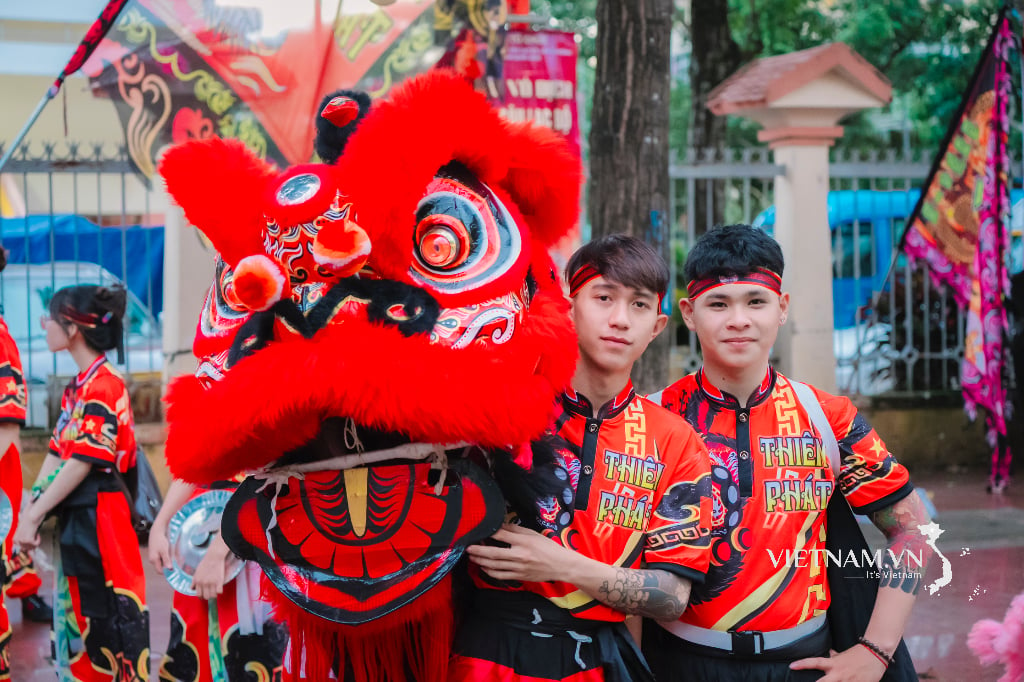


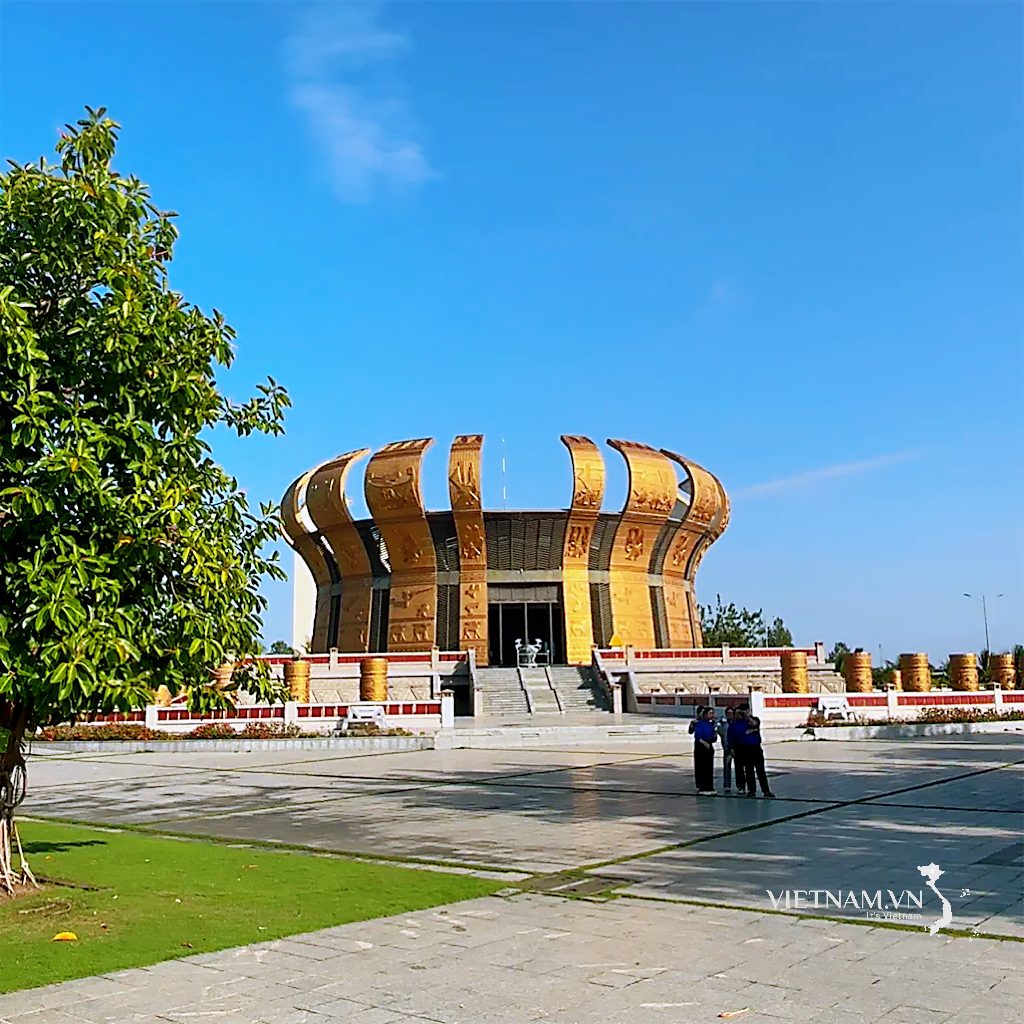
Comment (0)